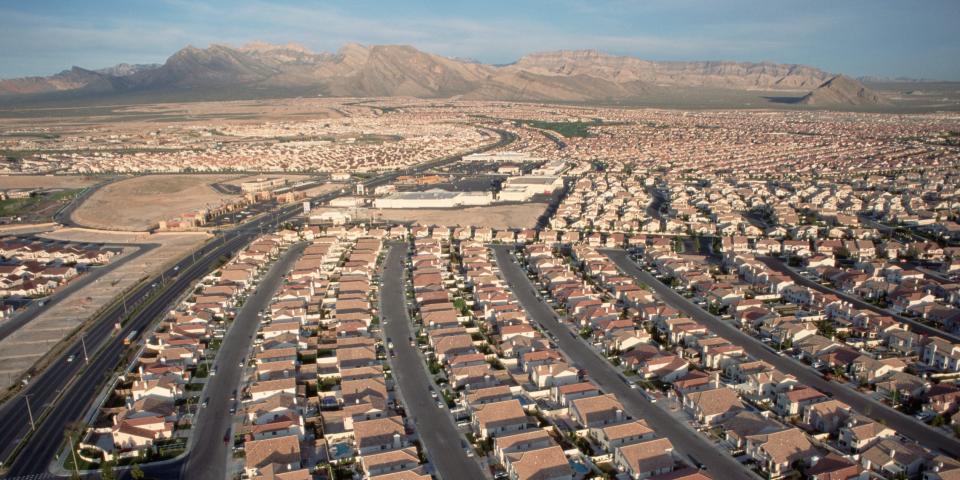Why America's housing-affordability crisis will continue through at least 2026, according to BofA

US home prices surged 46% from January 2020 to 2024 due to pandemic-era migration trends.
Prices will edge up over the next two years, Bank of America said.
The mortgage lock-in effect will continue for six to eight years.
The pandemic-era housing boom hasn't worn off and should keep price momentum going until at least 2026, Bank of America said.
The bank wrote on Monday that the US housing market will appreciate 4.5% and 5% this year and next. While it expects values to rise only 0.5% in 2026, a continuation of the pandemic factors that drove the market higher could also mean a 5% jump instead.
"Once home prices reach their new higher level, their effect on home price appreciation should fade. This is not to say home prices will fall. Instead, one important source of home price appreciation should be behind us," analysts wrote.
According to the Case-Schiller index, prices surged 46% between January 2020 and 2024.
According to a March Redfin report, first-time home buyers must now make twice as much as they did four years ago to afford a home. The bank noted that a recession would be required to increase affordability.
But with pandemic distortions normalizing, these effects will likely disappear completely by 2025, Bank of America said. After that, any appreciation will be carried by housing fundamentals, albeit at a more moderate pace.
Buyers shouldn't expect affordability to improve much, however, especially as a separate headwind will continue to keep costs high.
While home prices surged through the pandemic, so did mortgage rates, jumping past the rates that most households held on their current property. That's kept many owners from selling their homes and suppressed sales through 2022 and 2023.
This "lock-in effect" isn't going away, analysts wrote, projecting that mortgage rates will likely stay elevated, even if interest rates fall as expected.
"We think it could take 6 to 8 years for the lock-in effect (dearth of transactions in existing homes) to go away. The wide gap between current mortgage rates and effective mortgage rates means most homeowners are unwilling to move unless forced," they said.
Read the original article on Business Insider

 Yahoo Finance
Yahoo Finance 